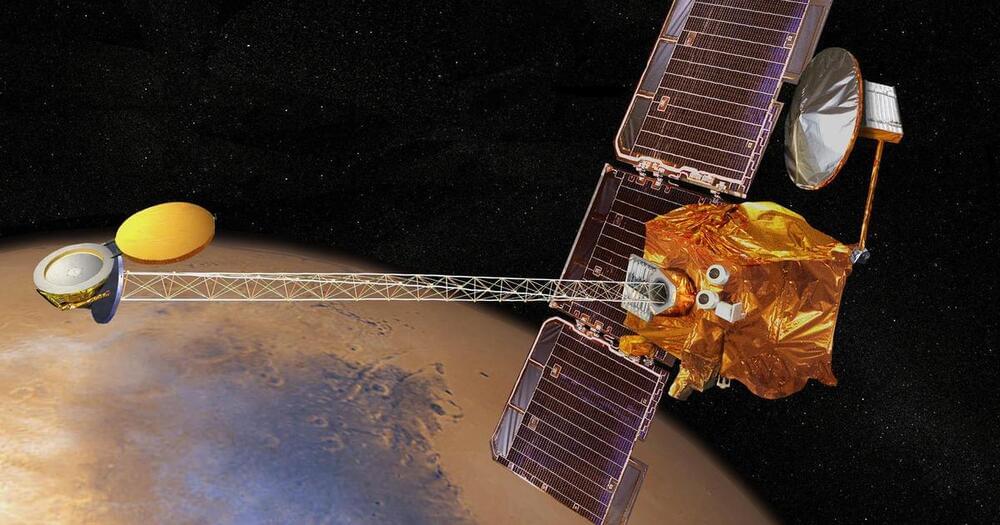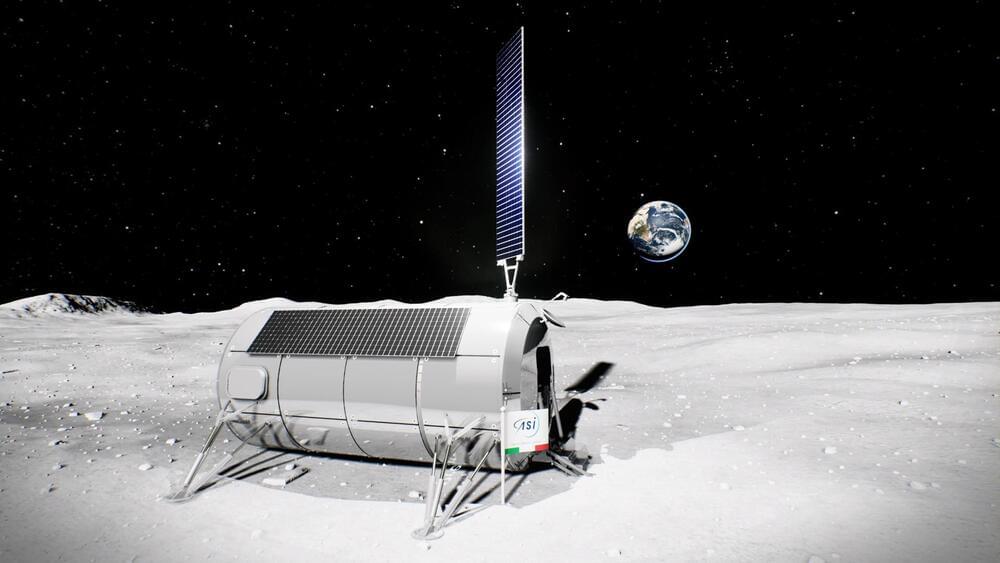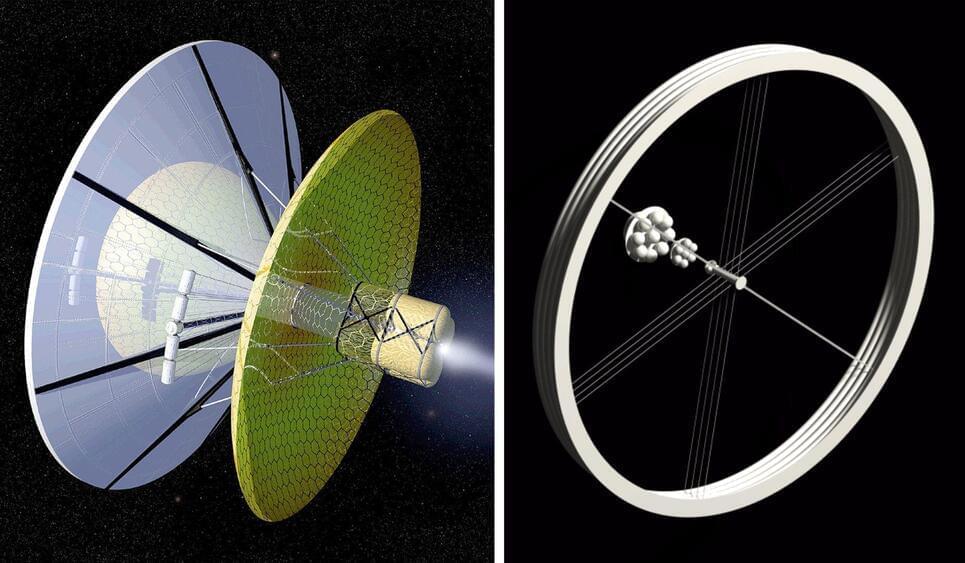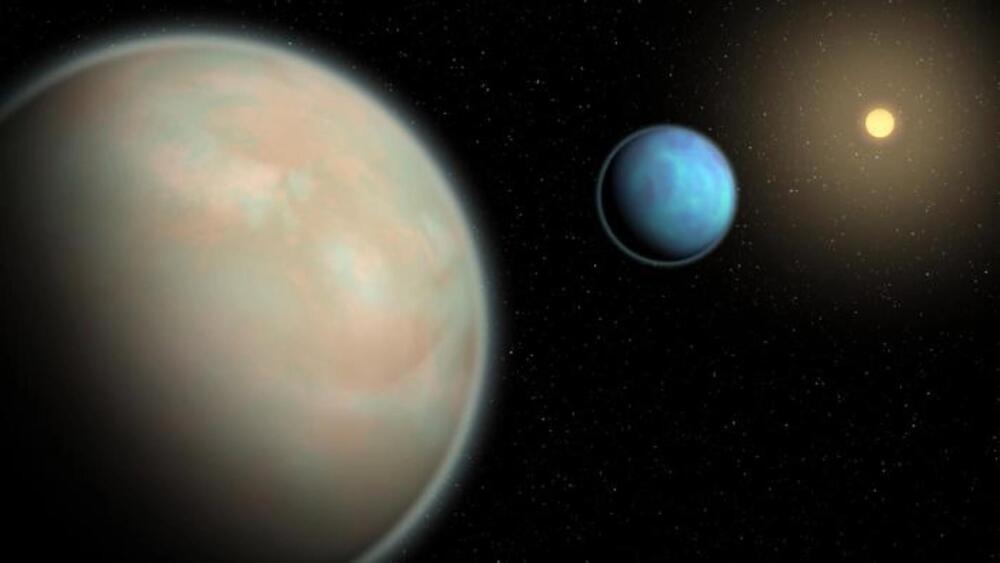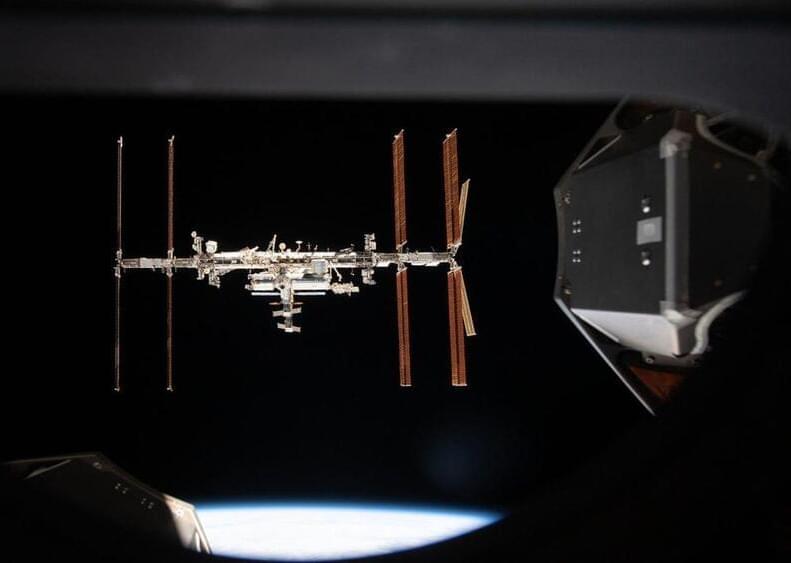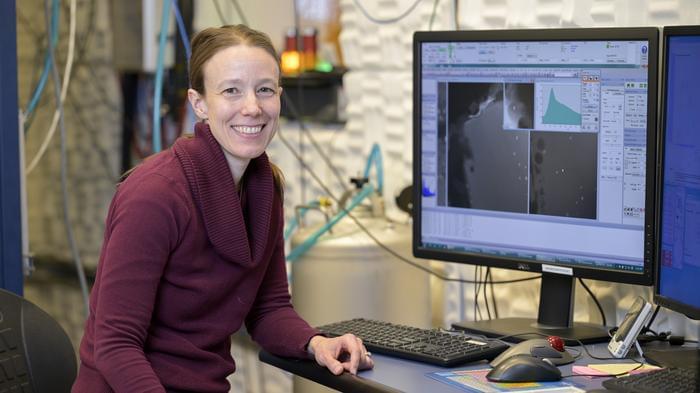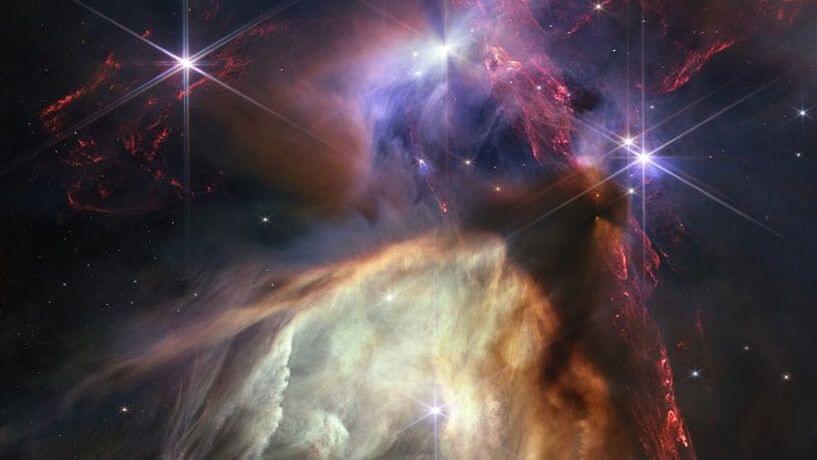NASA revealed multiple new panoramic images of clouds and dust in Mars’ skies and one of its two tiny moons taken by the spacecraft last May. They were captured by the Odyssey’s camera, called the Thermal Emission Imaging System, or THEMIS.
The rare images were taken from an altitude of about 250 miles, the same altitude at which the International Space Station flies above Earth, according to NASA.
“If there were astronauts in orbit over Mars, this is the perspective they would have,” said Jonathon Hill, the operations lead of THEMIS. “No Mars spacecraft has ever had this kind of view before.”
